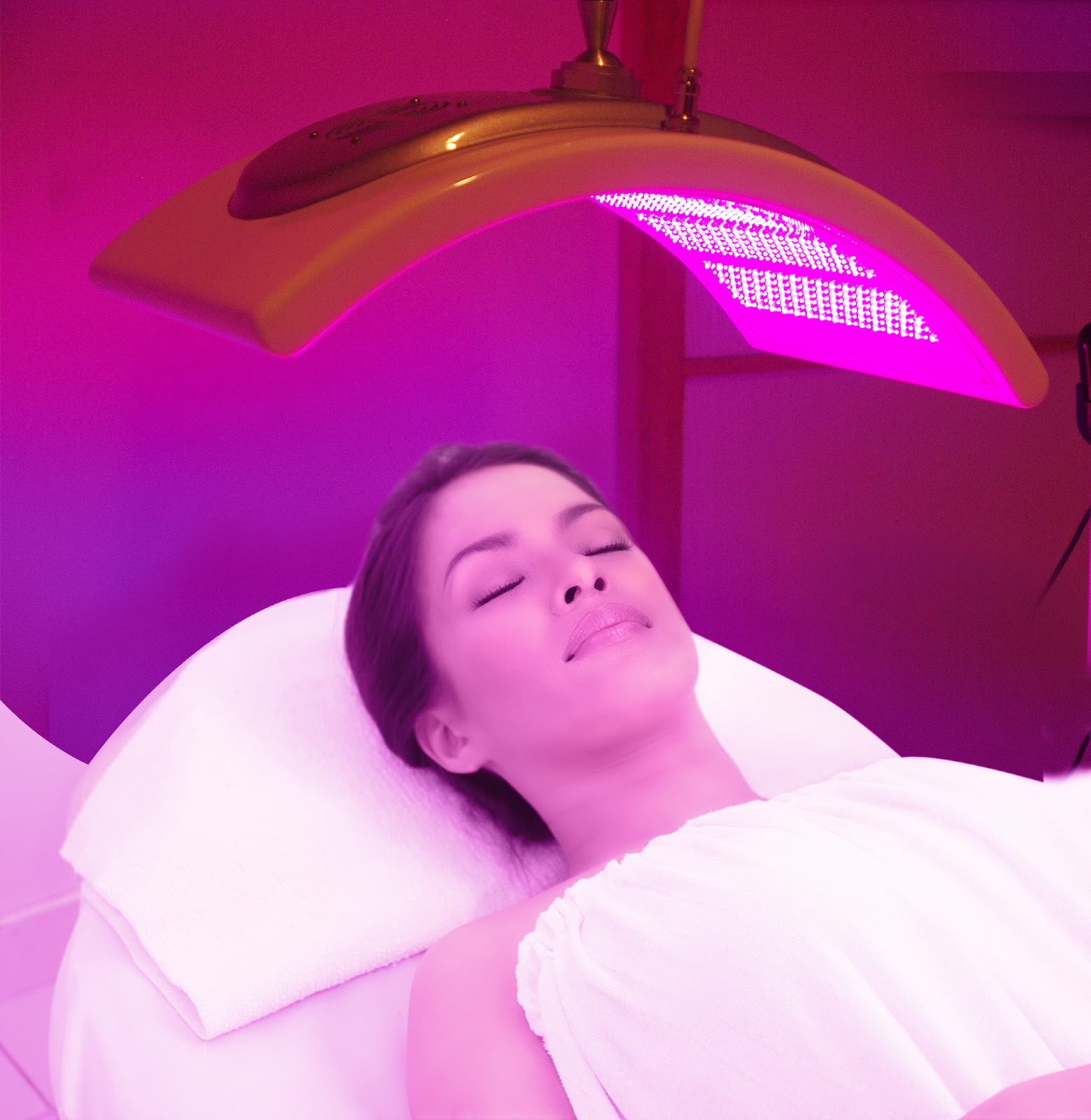Unlocking The Benefits Of Facial Light Therapy: A Comprehensive Guide
Facial light therapy has emerged as a revolutionary skincare treatment that harnesses the power of light to rejuvenate the skin and address various skin concerns. With the increasing demand for non-invasive skincare solutions, more individuals are turning to facial light therapy as a viable option for achieving healthier, radiant skin. In this article, we will delve into the intricacies of facial light therapy, exploring its benefits, applications, and the science behind its effectiveness.
As the world of skincare evolves, it is crucial to stay informed about innovative treatments that can enhance our skin's health. Facial light therapy utilizes different wavelengths of light to target specific skin issues such as acne, aging, and pigmentation. This treatment not only promotes healing but also stimulates collagen production, leading to a more youthful appearance. Understanding the mechanisms and advantages of facial light therapy can empower you to make informed decisions about your skincare routine.
In the following sections, we will explore the various types of light used in facial therapy, how it works, and what you can expect from treatments. Whether you're a skincare enthusiast or someone simply looking for effective solutions to improve your complexion, this guide will provide valuable insights into the world of facial light therapy.
Table of Contents
- What is Facial Light Therapy?
- How Does Facial Light Therapy Work?
- Types of Light Used in Facial Therapy
- Benefits of Facial Light Therapy
- Who Can Benefit from Facial Light Therapy?
- Professional vs. At-Home Treatments
- What to Expect During a Treatment
- Conclusion
What is Facial Light Therapy?
Facial light therapy is a non-invasive skincare treatment that employs various wavelengths of light to treat skin conditions and improve overall skin health. This therapy can be performed in a professional setting or at home using specialized devices. It is recognized for its ability to address a multitude of skin issues, including acne, fine lines, wrinkles, and uneven skin tone.
How Does Facial Light Therapy Work?
The principle behind facial light therapy lies in the concept of photobiomodulation, where specific wavelengths of light penetrate the skin and stimulate cellular processes. Each type of light wavelength has a unique effect on the skin:
- Red Light: Known for its anti-aging properties, red light promotes collagen production and reduces inflammation.
- Blue Light: Effective in treating acne, blue light targets and kills acne-causing bacteria.
- Yellow Light: Helps improve skin tone and reduce redness.
- Green Light: Effective for pigmentation and dark spots.
Types of Light Used in Facial Therapy
Understanding the different types of light used in facial therapy is essential for selecting the right treatment for your skin concerns. Here are the primary types of light commonly used:
1. Red Light Therapy
Red light therapy is known for its ability to penetrate deep into the skin, promoting healing and reducing signs of aging.
2. Blue Light Therapy
Blue light therapy is primarily used for acne treatment, as it targets the bacteria responsible for breakouts.
3. Green Light Therapy
Green light therapy helps in reducing pigmentation and evening out skin tone.
4. Yellow Light Therapy
Yellow light therapy is beneficial for improving skin texture and reducing redness.
Benefits of Facial Light Therapy
Facial light therapy offers a multitude of benefits for individuals seeking healthier skin. Some of the most notable advantages include:
- Non-invasive and painless treatment.
- Reduces acne and prevents future breakouts.
- Stimulates collagen production for firmer skin.
- Improves skin tone and reduces pigmentation.
- Enhances overall skin texture and radiance.
Who Can Benefit from Facial Light Therapy?
Facial light therapy is suitable for various skin types and conditions. Individuals experiencing:
- Acne and blemishes
- Fine lines and wrinkles
- Pigmentation issues
- Uneven skin tone
- Skin inflammation
can all benefit from this innovative treatment.
Professional vs. At-Home Treatments
When considering facial light therapy, you can choose between professional treatments at a spa or dermatologist's office and at-home devices. Each option has its pros and cons:
Professional Treatments
Professional treatments are typically more powerful and can deliver faster results, but they may come at a higher cost.
At-Home Devices
At-home devices offer convenience and flexibility, allowing you to integrate treatments into your routine, though they may take longer to show results.
What to Expect During a Treatment
During a facial light therapy session, you can expect the following:
- Consultation with a skincare professional to assess your needs.
- Preparation of the skin by cleansing and possibly exfoliating.
- Application of the light therapy device, which may last from 20 to 40 minutes.
- Post-treatment recommendations for optimal results.
Conclusion
Facial light therapy offers a promising solution for those looking to enhance their skincare routine and address specific skin concerns. With its ability to rejuvenate the skin, reduce signs of aging, and promote healing, it stands out as an effective option in modern skincare. If you're considering this innovative treatment, consult with a skincare professional to determine the best approach for your unique skin needs.
We encourage you to share your experiences with facial light therapy in the comments below and explore other related articles on our site for more insights into effective skincare practices.
Thank you for reading, and we hope to see you again soon for more informative content on skincare and wellness!
Ultimate Guide To Choosing The Best Hair Shampoo For Dry Frizzy Hair
Doris Roberts: A Legendary Actress And Beloved Television Icon
Chelsea Lascher: The Rising Star In The Entertainment Industry


